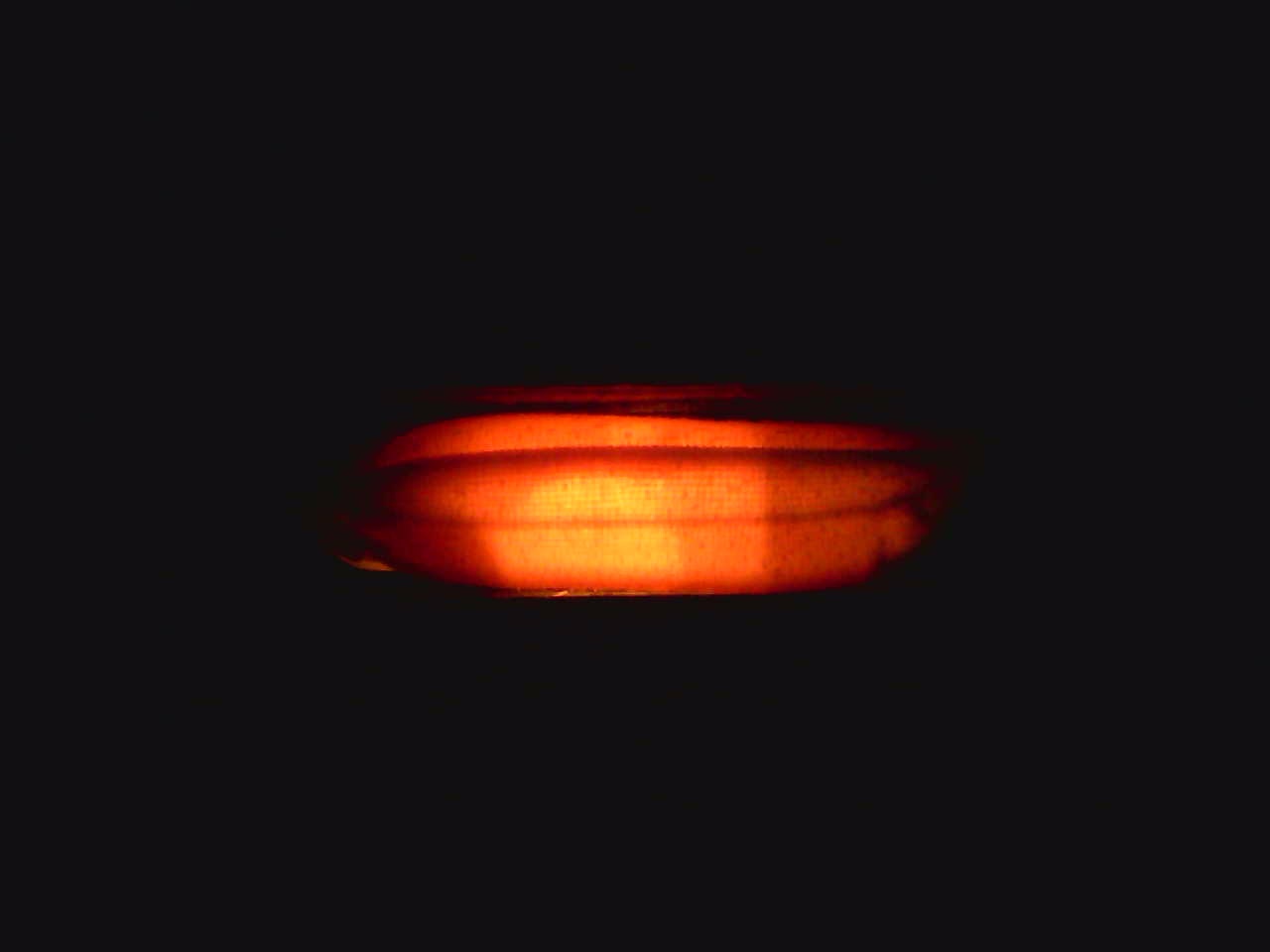
Recently, a team led by Prof. WANG Rujing and WANG Liusan from the Hefei Institutes of Physical Science of the Chinese Academy of Sciences, developed a method to detect internal cracks in rice seeds using near-infrared spectroscopy.
"Cracks can affect the germination rate of seeds," said WANG Liusan, "Our study can help select high-quality seeds with non-destructive method."
The research results were published in Spectrochimica Acta Part A: Molecular and Biomolecular Spectroscopy.
In agricultural production, the quality of rice seeds is directly related to the yield and quality of crops. However, cracks inside rice seeds are often difficult to identify with the naked eye, which poses a challenge for evaluating the quality of rice seeds.
In this study, researchers developed a non-destructive method for detecting internal cracks in rice seeds using near-infrared spectroscopy. They employed four machine learning classification algorithms—partial least squares discrimination, support vector machine, k-nearest neighbor, and random forest—combined with four spectral preprocessing methods: standard normal variate, scattering correction, and the first and second derivatives, to establish their models.
The researchers tested different models to find the best one for detecting internal cracks in rice seeds. They discovered that using partial least squares discrimination with the original spectral data was the most effective approach. While the support vector machine model didn't perform as well, it still did better than the random forest and k-nearest neighbor models. The analysis revealed that the key factor for detecting cracks is related to the amylose content in the seeds. Overall, the study shows that using near-infrared spectroscopy combined with partial least squares discriminant analysis is a feasible method for non-destructively detecting internal cracks in rice seeds.
The application of this technology not only improves the efficiency and accuracy of rice seed quality assessment, but also provides new technological means for seed quality control in agricultural production, according to the team.

A seed with internal cracks as detected by near-infrared spectroscopy (Image by WANG Liusan)

Figure 1 Variable importance in projection (VIP) scores for PLS-DA analysis (Image by WANG Liusan)